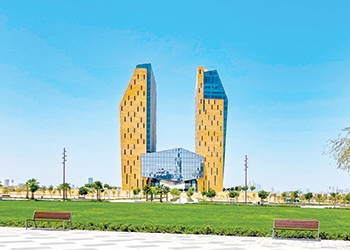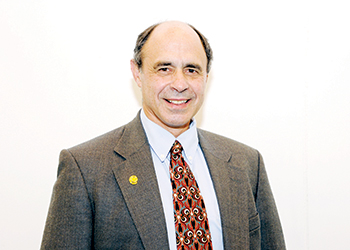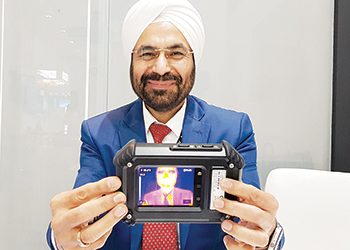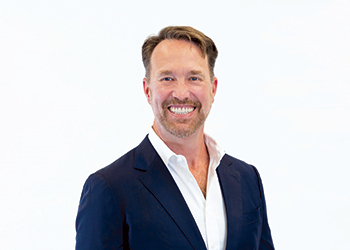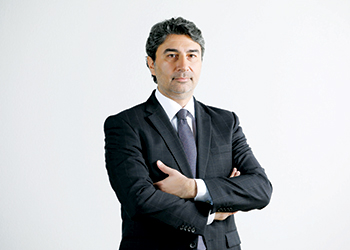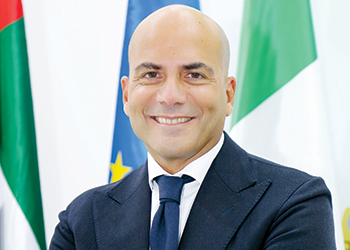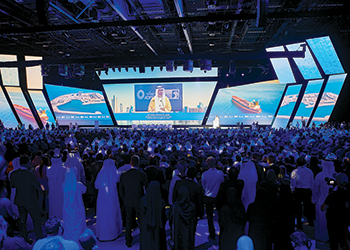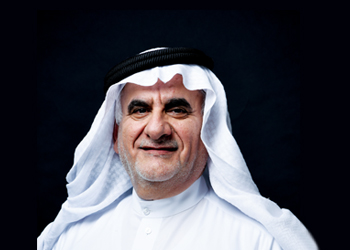
 Bakeer ... seeing potential in hydrogen to power energy transition
Bakeer ... seeing potential in hydrogen to power energy transition
Energy transition is a global topic that has been caught a lot of attention over the past few years. And although the topic fits nicely under the sustainability umbrella, another major topic with an exponentially growing importance is the energy independence and one that many countries are pursuing.
Fossil-based fuels thus far dominate the energy industry, mainly due to their cost efficiencies relative to alternative energy sources, and more specifically in the Middle East, due to their wider availability.
“This, however, comes at the cost of high carbon emissions together with its negative impact on the environment,” Tariq Bakeer, Regional Managing Director, Endress+Hauser Middle East, tells OGN.
Many alternative cleaner energy sources faced the challenge of scaling in a cost-effective way, while others, like nuclear, are highly disputed as a significant alternative that can scale, and with a possible massive negative impact on the environment that goes far beyond the carbon footprint, in the case of an unfortunate event.
And although not an energy source by itself (and rather an energy carrier), hydrogen emerges as a star in this rapid global energy transformation.
Depending on how it is produced, the invisible gas is assigned a colour, for eg, green hydrogen (also called zero-carbon hydrogen) and blue hydrogen (also called low-carbon hydrogen) being the most widely referred to when we talk about transforming into cleaner energy sources.
And while green hydrogen is produced using renewable energy through a process called electrolysis, blue hydrogen is produced from natural gas. In the latter case, the carbon dioxide produced in the process is captured, utilised if applicable, or stored permanently underground (CCUS/CCS).
Bakeer opines that due to the current limited efficiencies in renewable energy, blue hydrogen provides a cost advantage over green hydrogen for the coming decade or so, until the technological advancements allow for a more feasible green hydrogen production method.
“The Middle East (and GCC in specific) provides great opportunities for both green hydrogen (with the most sunshine hours) as well as blue hydrogen (with the availability of natural gas),” he says.
Currently, there are multiple investments in many hydrogen projects around the region.
These include, Adnoc’s Al Reyadah in UAE, a pioneer in implementing carbon capture, utilization, and storage (CCUS) technology through the region’s first commercial facility. It captures and utilises more than 800,000 tons of carbon dioxide per year generated by Emirates Steel.
Meanwhile, KSA’s Neom mega-development will be home to the world’s biggest green hydrogen production facility.
According to Bakeer, however, this may not necessarily mean that the future of energy will be entirely hydrogen-based, but it rather signifies that hydrogen will play an important role in the transition.
“As we travel this journey, we will probably end up with a different energy mix compared to the mix we have today. That mix will not only be determined and/or limited by production complexities and costs, but also complexities related to transportation and its applications,” he states.
However, it is clear that the future energy mix will be greener to support the net-zero initiatives that many countries have signed up for worldwide, with everyone’s timeline being different and based on their current energy mix and how far they are already in this journey.
As people for process automation, Endress+Hauser looks at the future of energy with enthusiasm. We are building strong global and regional expertise in energy transition topics.
“Endress+Hauser already boasts of a broad portfolio of products for critical process measuring points in the production, storage, and utilisation of hydrogen. These include laser-based gas analysers for determining the quality of gases, flow metering solutions and level measurements in liquid hydrogen tanks,” says Bakeer.
The company is working closely with its customers to support, participate and learn from this journey, like its involvement in Reyadah’s CCUS facility project, which it is very proud of.
“Sustainability is part of our DNA. We have constructed many green buildings around the world, have been awarded platinum status for corporate social responsibility in 2022, and joined the European Clean Hydrogen Alliance. But our journey and commitment to this cause continues, in many ways, to further reduce our carbon emissions for a cleaner environment,” Bakeer concludes.










































































